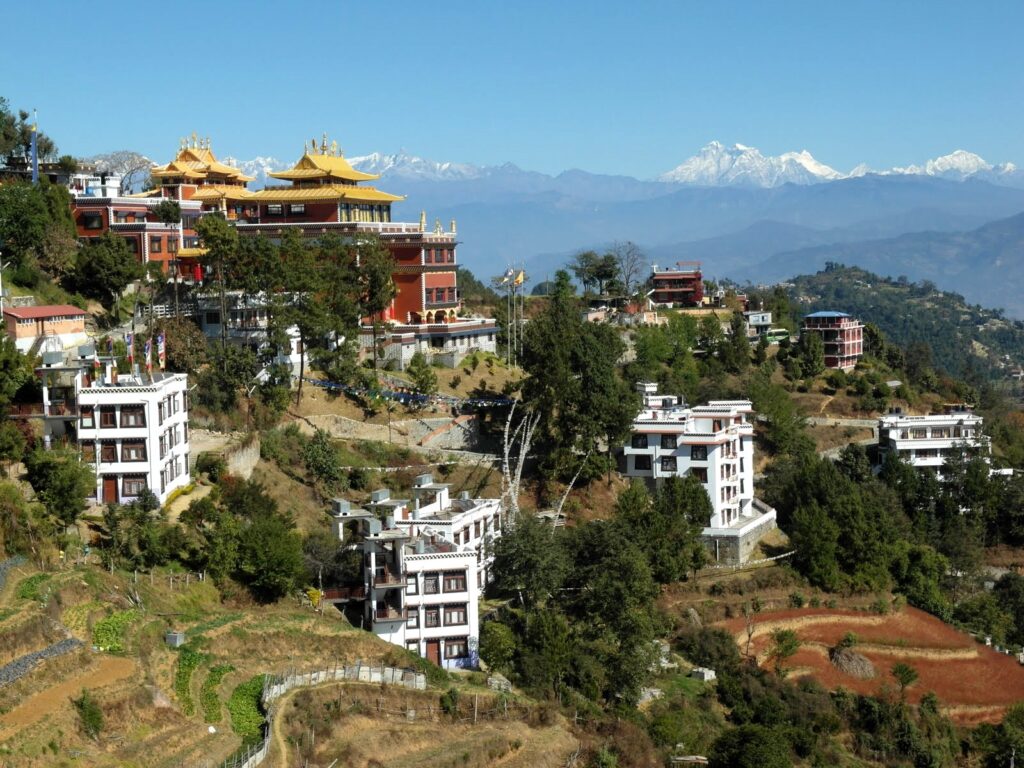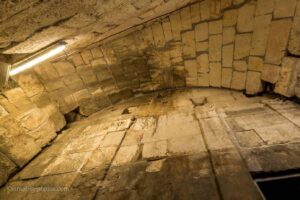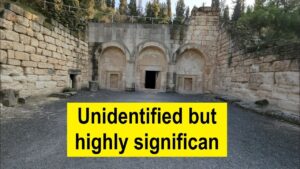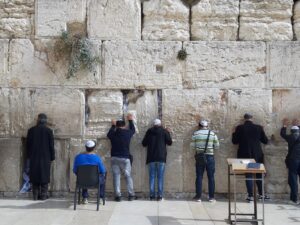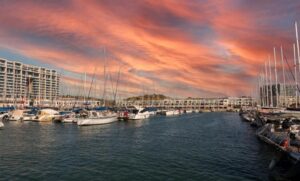Boudha Monastery: Spiritual Center in Kathmandu
Nestled in the vibrant city of Kathmandu, Boudha Monastery, also known as Boudhanath Stupa, stands as a beacon of spirituality and peace. This iconic site is not just a place of worship but a cultural hub that attracts thousands of visitors each year. Whether you’re a spiritual seeker, a history enthusiast, or simply a curious traveler, Boudha Monastery offers a unique glimpse into the heart of Tibetan Buddhism and Nepalese culture.
What to See at Boudha Monastery
The centerpiece of Boudha Monastery is the magnificent Boudhanath Stupa, one of the largest stupas in the world. Its massive mandala makes it one of the largest spherical stupas in Nepal. The stupa is adorned with the all-seeing eyes of Buddha, which gaze out in all four directions, symbolizing awareness and wisdom. As you walk around the stupa, you’ll notice the vibrant prayer flags fluttering in the wind, each color representing an element: earth, water, fire, air, and space.
Surrounding the stupa are numerous monasteries and shops. The monasteries offer a serene environment where you can witness monks in prayer or meditation. Many visitors find peace in joining the locals in a clockwise kora, or circumambulation, around the stupa, spinning prayer wheels as they go. The area is also dotted with shops selling traditional Tibetan crafts, thangka paintings, and other souvenirs.
A Bit of History and Interesting Facts
Boudhanath Stupa has a rich history that dates back to the 5th century. It is believed to have been built shortly after the passing of the Buddha, making it a significant pilgrimage site for Buddhists from around the world. The stupa has undergone several restorations, especially after the 2015 earthquake, which caused some damage. Despite these challenges, it remains a symbol of resilience and faith.
An interesting fact about Boudha Monastery is its connection to the Tibetan diaspora. After the 1959 Tibetan uprising, many Tibetans fled to Nepal, and Boudhanath became a center for Tibetan culture and religion. This influence is evident in the architecture, the presence of Tibetan monks, and the vibrant festivals celebrated here, such as Losar, the Tibetan New Year.
Getting There and Tips for First-Time Visitors
Boudha Monastery is located about 11 kilometers from the center of Kathmandu, making it easily accessible by taxi or local bus. If you’re staying in the Thamel area, a taxi ride will take around 20-30 minutes, depending on traffic. For a more local experience, you can take a bus from Ratna Park to Boudha, which is both economical and a great way to see the city.
For first-time visitors, it’s important to remember that Boudha is a place of worship. Dress modestly and be respectful of the local customs. Photography is allowed, but always ask for permission before taking pictures of people, especially monks. The best time to visit is early morning or late afternoon when the stupa is less crowded, and the lighting is perfect for photography.
If you’re interested in learning more about Buddhism, consider joining a guided tour or attending a meditation session at one of the monasteries. And don’t forget to try some local Tibetan food at the nearby cafes and restaurants; momos and thukpa are must-tries!
